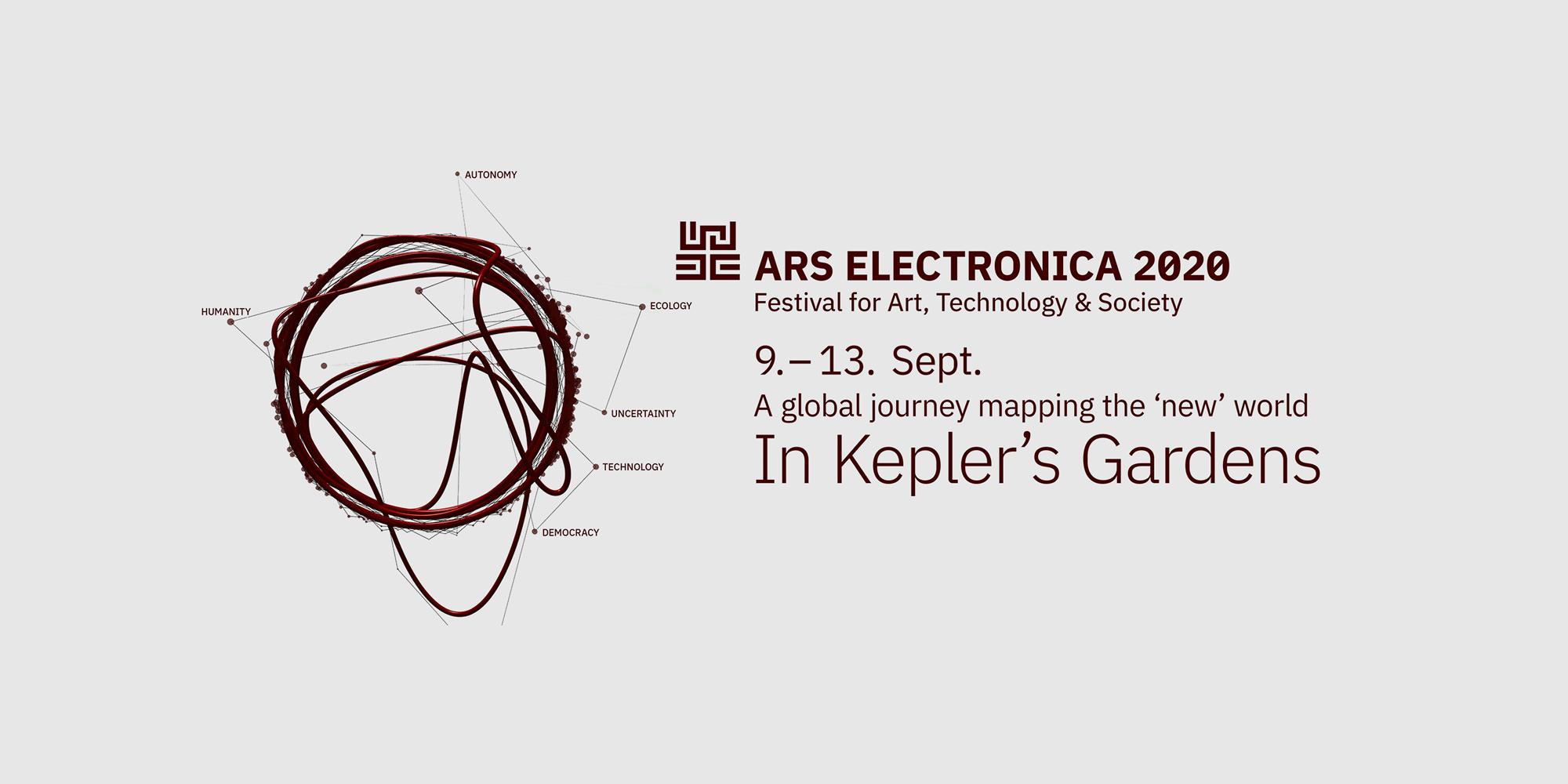AI

Urbanism Beyond Cognition
The Bartlett School of Architecture, University College London (UK)
Developed by Research Cluster 14, the projects showcase how data allows designers to expand their remit by design at the scale of a country or how AI can give agency to non-human ecological and robotic actors.
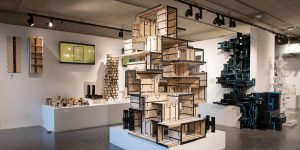
Automated Architecture Labs HUB
The Bartlett School of Architecture, University College London (UK)
AUAR Labs is the research laboratory co-directed by Mollie Claypool, Manuel Jimenez Garcia and Gilles Retsin at The Bartlett School of Architecture, previously known as Design Computation Lab. As part of AUAR Labs co-directors run the studio Research Cluster 4 (RC4) in MArch Architectural Design at The Bartlett focused on automated housing. The work of RC4 believes in the agency of architecture for change. Automation is not only about robots – it is first and foremost a design project.
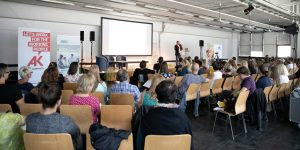
Symposium “Perspektiven politischer Bildung”
Arbeiterkammer OÖ (AT), Pädagogische Hochschule OÖ (AT)
Artificial Intelligence (AI) is omnipresent, without us always being aware of it. For many years now, it has been making our everyday lives easier, for example when cell phones are unlocked by means of face recognition or when individual advertising guides us through the jungle of the Internet. AI can manipulate us humans. Can it thus become a danger to democracy? The first signs of this apparent development were brought about by the brexite vote or the US presidential elections, for example.
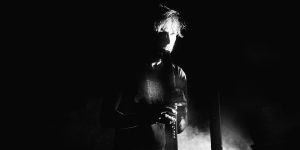
AI x Music Festival: Bot Bop Musical creation and innovation with AI
Andrew Claes (BE) and Dago Sondervan (NL)
Musical phrases are fed in real-time to a live coded machine learning model. The emerging virtual agent reacts and is again reacted to, creating an organic feedback loop. Utilising improvisational, instant composing and algorithmic musical techniques, listen to the duo becoming a trio during the course of this performance.

Transculturalism: The Space in Between
Amelia Jones, Krzysztof Wodiczko, Behnaz Farahi
In this panel discussion Amelia Jones (USC); Krzysztof Wodiczko (Harvard GSD), Behnaz Farahi (CSULB) are discussing "Transculturalism: The Space in Between". As utopian fantasies of "global" interconnectedness fade on relation to a global pandemic and burgeoning nationalisms, it is important to develop strategies to foster a sense of inclusion and overcome a culture of exclusion. This panel discussion addresses what role might art and design play to maintain a sense of transculturalism and how they might allow us to see things differently.

Panel: Surveillance, Gaze and Ways of Seeing
Lauren McCarthy, Memo Akten, Behnaz Farahi
In this panel discussion, Behnaz Farahi, Lauren Lee Carthy and Memo Akten are discussing the notion of "gaze", "ways of seeing" and "surveillance" in the context of this group exhibition.
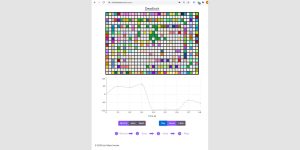
Cellular Seeds – Inexorable futures
Alejandra Marinaro (AR)
The Latinamerican Bioarte Lab (LatBioLab) explores more than 12 years of Bioart in Argentina. From ‘The Biosphere Project‘, Joaquín Fargas (AR), a simple way to show the world ecosytem, until ‘Colony‘, Darío Sacco (AR) that connects technology with biology and ‘Cellular Seeds - Inexorable Futures‘, Aleandra Marinaro (AR) that generates a new kind of “tech-life“. The Biosphere Project launches the adoption program of small worlds: ¨Adopt a World, adopt your World¨.

Cellular Seeds - Live Interaction with the artist
Alejandra Marinaro (AR)
Live interaction with the artist The existence of destiny is an inherent question about the human condition and many believe it to be unique. Meet the artist behind Cellular Seeds. Link to enter will be available in alejandramarinaro.com

Live Program of Telluric Vibrations, UCLA Botanical Gardens – Los Angeles
Enjoy the extensive live Program of Telluric Vibrations, UCLA Botanical Gardens – Los Angeles
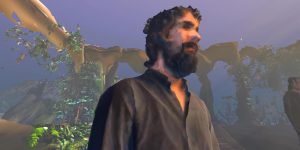
Acte de Fe
Marc Vilajuana, Adrià Grandia, Carlos Martorell
Act of faith (Acte de Fe) is an exploration of our relationship with technology, its similarities with the one we have with religion, the tools involved in both processes, and its impact on us and in our sacred/private space. Mise-en-scène will consist in a liturgy performed by Marc Vilajuana (voice, effects, hand drum), Adrià Grandia (acoustic and MIDI hurdy-gurdy, modular synth, laptop, aerophones), Carlos Martorell (coding, synths, motion sensors, artiphon) and a real-time reactive AI trained with religious scores.

Interdependence with Richie Hawtin: AI for humans
Holly Herndon, Matt Dryhust
In this discussion we explode the false binary of humans and machines in the music making process, explore ways that AI systems could actually help get more humans paid rather than displace them, and discuss the necessity of artists having a seat at the table in the process of AI tool development.

CNMAT ODOT
John MacCallum(USA), Jeff Lubow (USA)
In this workshop, we will provide a brief, practical introduction to odot, a dynamic, multi-paradigm programming environment that operates on Open Sound Control. Developed at CNMAT beginning in 2007, odot has evolved into a powerful and robust suite of tools useful in a variety of contexts, from gesture signal processing to computer-aided composition. During this workshop, we will discuss the current state of the package and the future of the project.
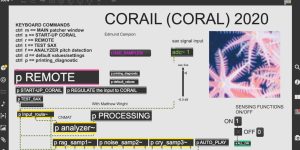
Performance of CORAIL
Edmund Campion
There is no pre-defined score for CORAIL (CORAL). CORAIL is a software environment that performs audio analysis of an incoming live signal that generates and organizes sound through the computer and the CORAIL algorithms. Persistence inside any one environment causes the program to move toward greater sound generation and machine autonomy.
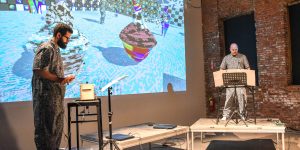
ORCHIDEA with Composer and Lead Researcher at CNMAT
Carmine Cella
Carmine Cella is available to host a live online demonstration/workshop for ORCHIDEA, a framework for static and dynamic computer-assisted music orchestration. Orchestration consists largely of choosing combinations of sounds, instruments, and timbres that support the narrative of a piece of music. The ORCHIDEA project assists composers during the orchestration process by automatically searching for the best combinations of orchestral sounds to match a target sound, after embedding it in a high-dimensional feature space.

Live Performances in occasion of the AIxMusic Opening ceremony
Edmund Campion, CORAIL with Steve Adams of the Rova Saxophone Quartet, and Andrew Blanton, WAVEGUIDE, Claudia Hart, Edmund Campion
Edmund Campion, CORAIL with Steve Adams of the Rova Saxophone Quartet, and Andrew Blanton, WAVEGUIDE, Claudia Hart, Edmund Campion WAVEGUIDE - 2017 - percussion, distributed audio and electronics: Music composition and performance by Andrew Blanton Text by Yvette Granata Composition and software by Andrew Blanton Special thanks to Neal Riley for technical support. CORAIL - version 2020 - improvising saxophonist and interactive computer system: Composition and computer environment design by Edmund Campion, Director, CNMAT Tenor Saxophone by Steve Adams Software contributions by Manuel Poletti, Matthew Wright, Edmund Campion (and a host of others) This concert is being streamed live from the Center for New Music and Audio Technologies (CNMAT) and made possible by CNMAT Researcher and Technical Director, Jeremy Wagner

The Manchine
Kommhaus (AT)
The Manchine is a book about the linking and, ultimately, fusion of man and machine. Renowned experts from different disciplines cover topics like digitalization, interconnectedness, robotics, artificial intelligence, the industrial revolution and Industry 4.0.
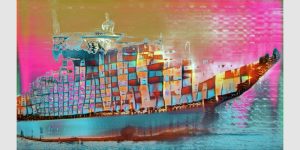
The Role of Curator in the Digital Space
CADAF (The Contemporary and Digital Art Fair) (US)
This panel focuses on the various aspects of this complex medium including creation, collecting and exhibiting. Some of the mediums discussed include Artificial Intelligence, Blockchain and others.

Cairo is Data
Cairotronica (EG)
A film that shows Egypt through the eyes of 6 emerging new media artists sharing their grounds for inspiration. Their works that they are currently developing navigate the peculiarities, tensions and challenges that come at the intersection of technology, business, culture, and society.
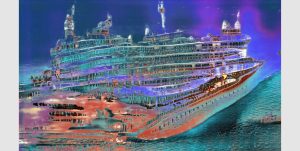
Artificial Seascapes. Two female AI artists respond to current uncertainty with powerful art.
CADAF (The Contemporary and Digital Art Fair) (US)
An one-hour live session with artists, Anne Spalter and Sofia Crespo, in discussion. We will dive into their artistic practices, their use of AI, and the relationship between data, GAN and human perception.

Artificial Seascapes
CADAF (The Contemporary and Digital Art Fair) (US)
Artificial Seascapes reflects on the impact humans and technology have on the environment and explores new ways to visualize it. By incorporating artificial intelligence, algorithmic tools and data processing into their practice, Spalter and Crespo allow us to see mundane events from the perspective of a machine. By shifting the focal point, scenes that are familiar to the human eye - cruise ship images or sea creatures - begin to evolve, resulting in new compositions that have never been seen. The artists invite the viewers to submerge in these new worlds, where beauty and technology collide to expose questions of human perspective, consciousness and preservation.
